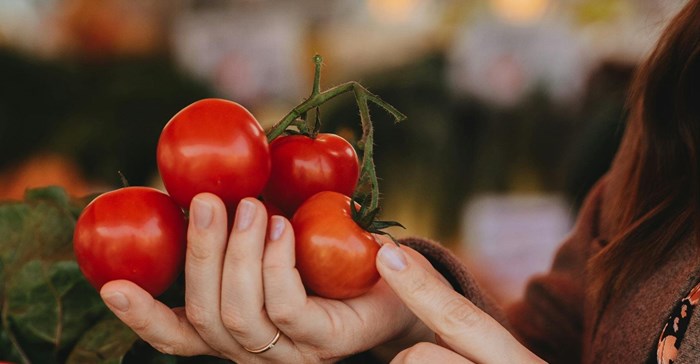
Food inflation dip drives headline figure lower

This adjustment comes against a backdrop of relative stability, with inflation rates consistently hovering between 5% and 6% since September 2023.
Notably, the monthly change in the Consumer Price Index (CPI) for March 2024 registered at 0.8%, marking a decrease from the 1.0% uptick observed in February 2024. These shifts underscore the nuanced dynamics shaping the country's inflationary landscape.
The categories with the highest annual price changes in March were:
- Miscellaneous goods & services (up 8.5%), education (up 6.3%), health (up 6.0%) and housing & utilities (up 5.9%).
- Education fees are surveyed once a year on 1 March. Overall, education was 6.3% more expensive in 2024 than it was in 2023. This exceeds the 5.7% annual increase in 2023 and is the highest since 2020 when the rate was 6.4%.
- High schools recorded the most significant increase in 2024 (up 7.3%), followed by primary schools and tertiary institutions (both up by 5.9%).
- Crèches and university boarding were also surveyed in March. Crèches increased their fees by 6.0%. University boarding is on average 8.2% more expensive than a year ago.
The increase in miscellaneous goods & services was mainly driven by higher health insurance premiums, recorded by Stats SA in February. As reported in last month’s review, the average price of health insurance increased by 12.9% in 2024.
The 6.0% annual rise in the health index was driven by increased prices of medical products and medical services.
Food inflation at a three-and-a-half-year low
Inflation for food and non-alcoholic beverages (NAB) slowed to 5.1% in March from 6.1% in February. This is down from its recent peak of 14.0% in March 2023, and is the lowest annual increase since September 2020 when the rate was 3.8%.
Bread & cereals registered a softer annual print of 5% from February’s 6.1%. The rate is substantially lower than the recent high of 21.8% in January 2023. Bread flour, pasta, rusks, maize meal, ready-mix flour and white bread are less expensive than a year ago.
Meat inflation also cooled in March on the back of lower beef and mutton prices. The annual rate for meat in March was 0.8%, significantly lower than the recent peak of 11.4% in February 2023.
Annual inflation for sugar, sweets & desserts has remained above the 15% level since June 2023.
The rate in March 2024 was 17.8%. Products with the most significant annual price increases include brown sugar (up 22%), white sugar (up 20.1%), chocolate slabs (up 17.9%) and chocolate bars (up 15.9%).
Other notable price changes in March
Additional significant price fluctuations observed in March were:
- Inflation for alcohol & tobacco was fuelled by annual increases in excise taxes. The index increased by a monthly 1.9% in March. This is the highest monthly rise since March last year, when excise-tax increases led to a 2.2% monthly rise.
- Prices increased by 4.5% overall in the 12 months to March.
- Housing rents were surveyed in March, rising by 0.8%.
- The transport index rose by 2% between February and March, mainly due to a monthly rise of 5.3% in fuel prices. On average, petrol increased by 5.2% and diesel by 5.3%.














